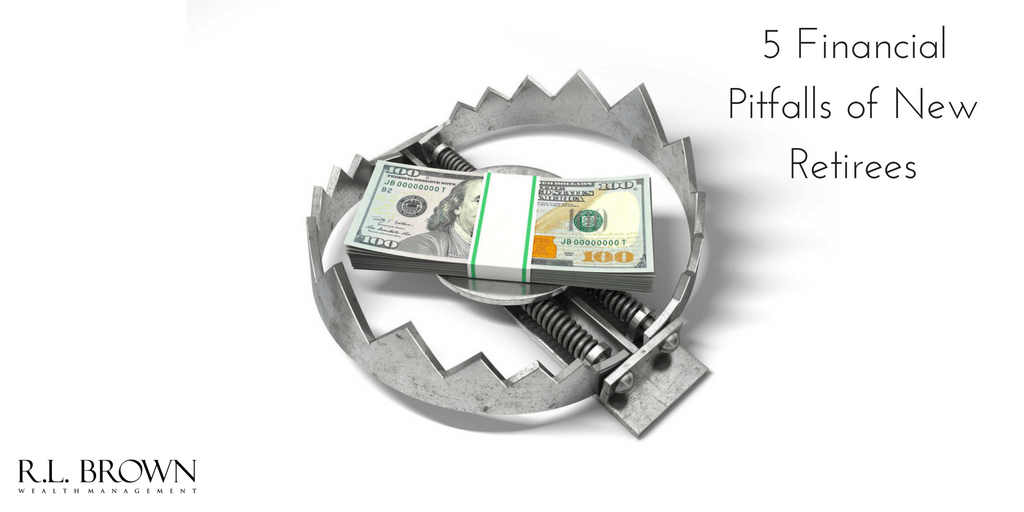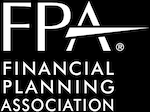Your employer’s retirement plans are a vital factor in your future financial security. Therefore it’s important to understand the rules behind each plan, as well as what benefits you will receive and when.
The two major types of plans are defined benefit and defined contribution. Defined benefit, often called a pension, is funded by the employer and pays a certain monthly benefit at retirement, while defined contribution allows employees to choose how much to contribute from each paycheck and how they would like their contributions invested.
Defined Contribution
The most popular type of defined contribution plan is the 401(k). It’s important to understand the stock options offered within this type of plan. Research the performance of each fund, and/or meet with a financial professional that can help you choose a group of investments. Then, perform a yearly check-up on your funds in order ensure they’re still the best options for your portfolio.
With a defined contribution plan, your employer may match a certain percentage of your contributions. The value of the account depends on how much you contribute and how well your investments perform. Find out the maximum percentage you can contribute from each paycheck, as well as how much your employer will match, as this is free money you’ll want to use to your advantage.
Defined Benefit
With a defined benefit plan, or pension, employee monthly retirement benefits are predetermined by such factors such as salary history, age and duration of employment. Investment risk and portfolio management are entirely under the control of the company. There are also restrictions on when and how you can withdraw these funds without penalties.
Traditional pensions are rare, but not completely extinct. For decades now, many companies have been trading their defined-benefit pensions for voluntary 401(k) contribution plans, which are outlined in the next section.
According to a September 2014 Bloomberg article, as recently as 1998, 60 percent of Fortune 500 companies offered defined-benefit pensions to new hires. But last year, only 22 percent of companies offered such plans.
Over the long term, pension plans can be a cheaper way for companies to provide retirement benefits than an equally generous 401(k) plan, however they are riskier on a year-to-year basis for employers than 401(k)s. Plunging markets can result in pension shortfalls that reflect negatively on accounting statements. If the shortfalls are big enough, they may require companies to add funds to the plan.
The Bottom Line:
Once you have learned the details behind your employer’s retirement plan, find out when you can participate and begin to earn benefits. Some employers require employees to work a certain period of time for the company before they can participate.
With both types of retirement plans, you immediately “vest” in your own contributions and the earnings on them. This means you have earned the right to these amounts without the risk of losing them. A certain number of years of service may be required in order for the employee to become 100 percent vested in the employer funded benefits or matching contributions, however.
It’s also important to keep in mind the minimum age when you can have access to your retirement plan funds without tax penalties.
Under Federal law, your plan must allow you to begin receiving benefits under the following circumstances: when you reach age 65 or the age your plan considers to be normal retirement age; after least 10 years of service; or after terminating your service with your employer.
There are a few permitted variations for when payments begin, however, so be sure to check with your plan administrator about exceptions your plan may offer.
Also remember you may owe income taxes, and possibly tax penalties on your distribution if you take money out before age 59 1/2, unless you opt to transfer it to an IRA or another tax-qualified retirement plan. Taking all or a portion of your funds out of your account before retirement age will mean you have less in benefits during your golden years.







